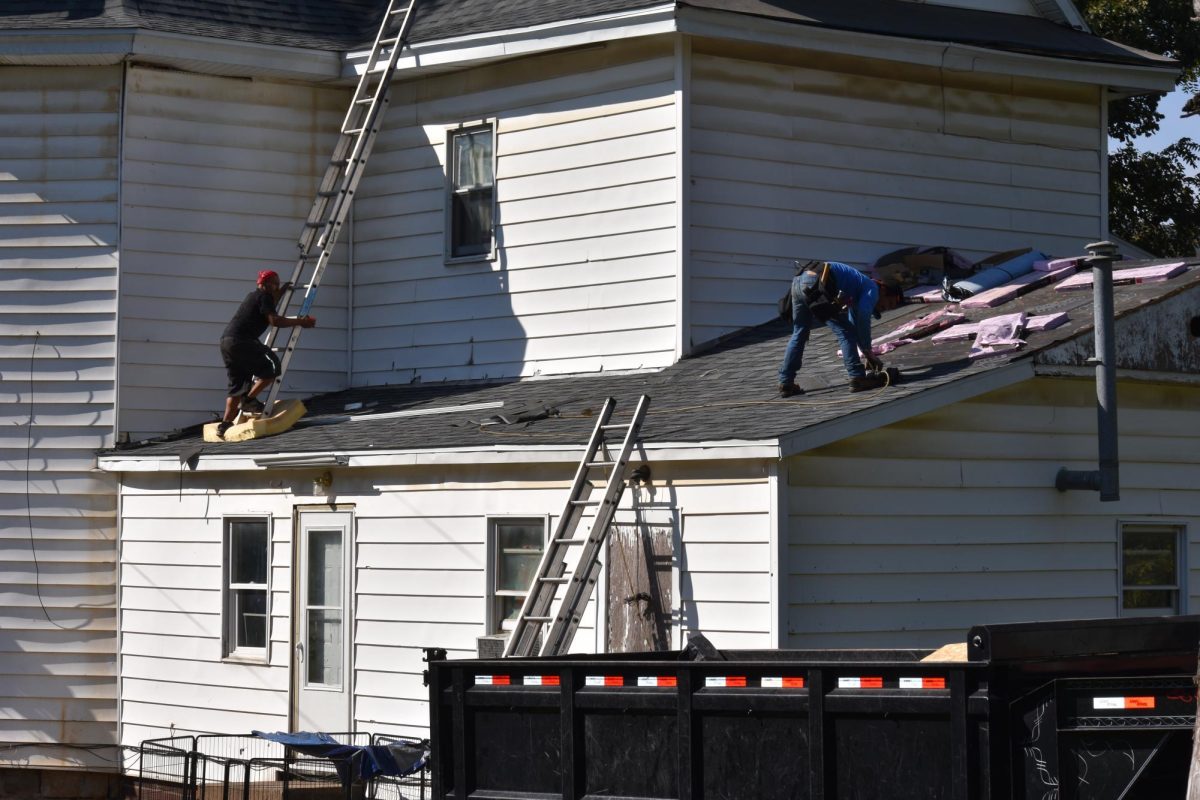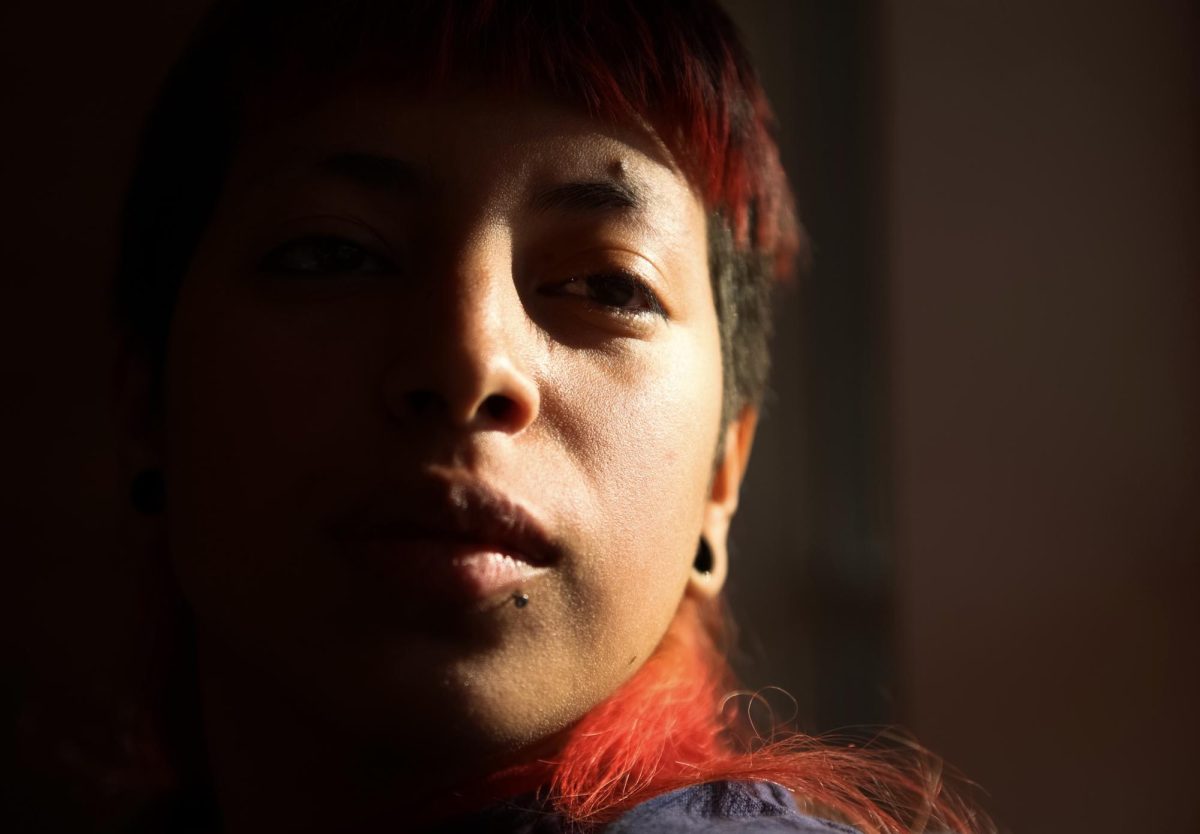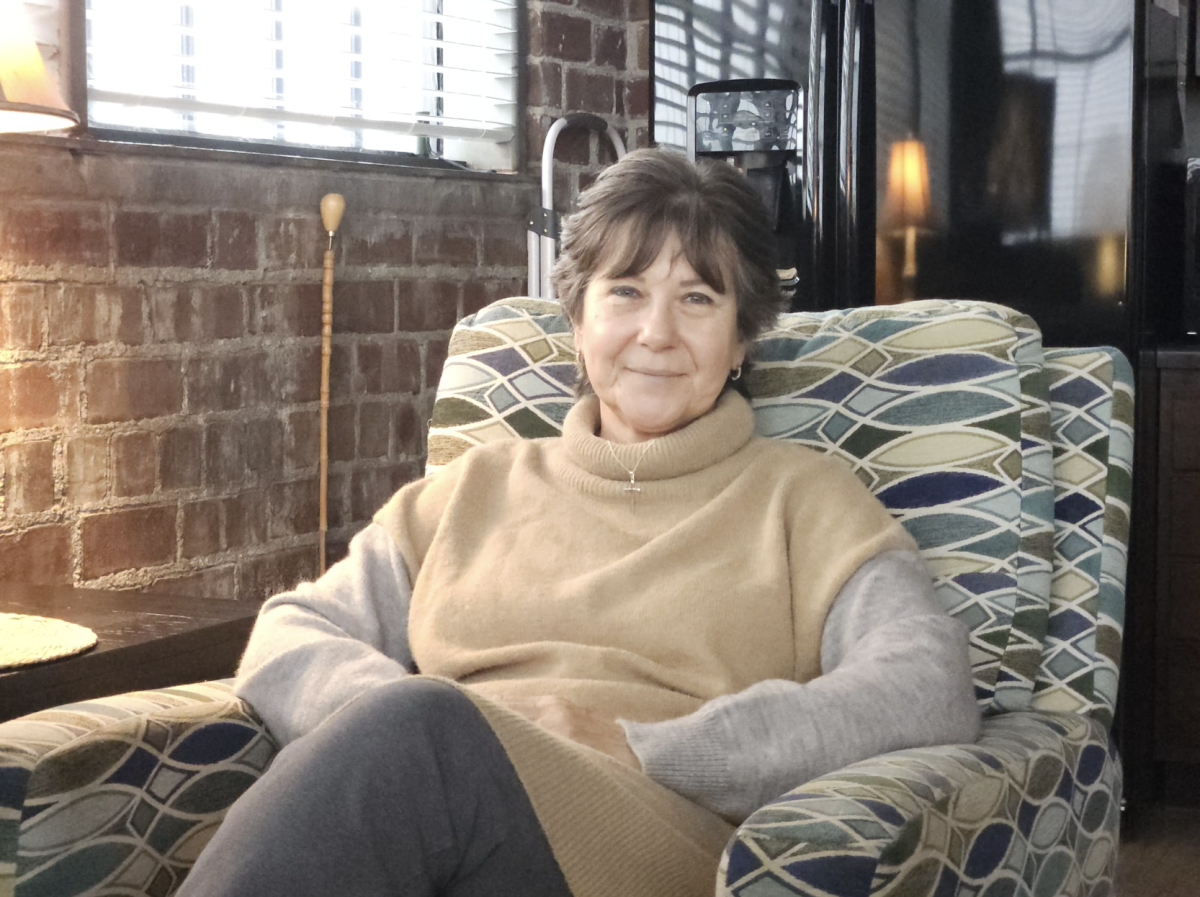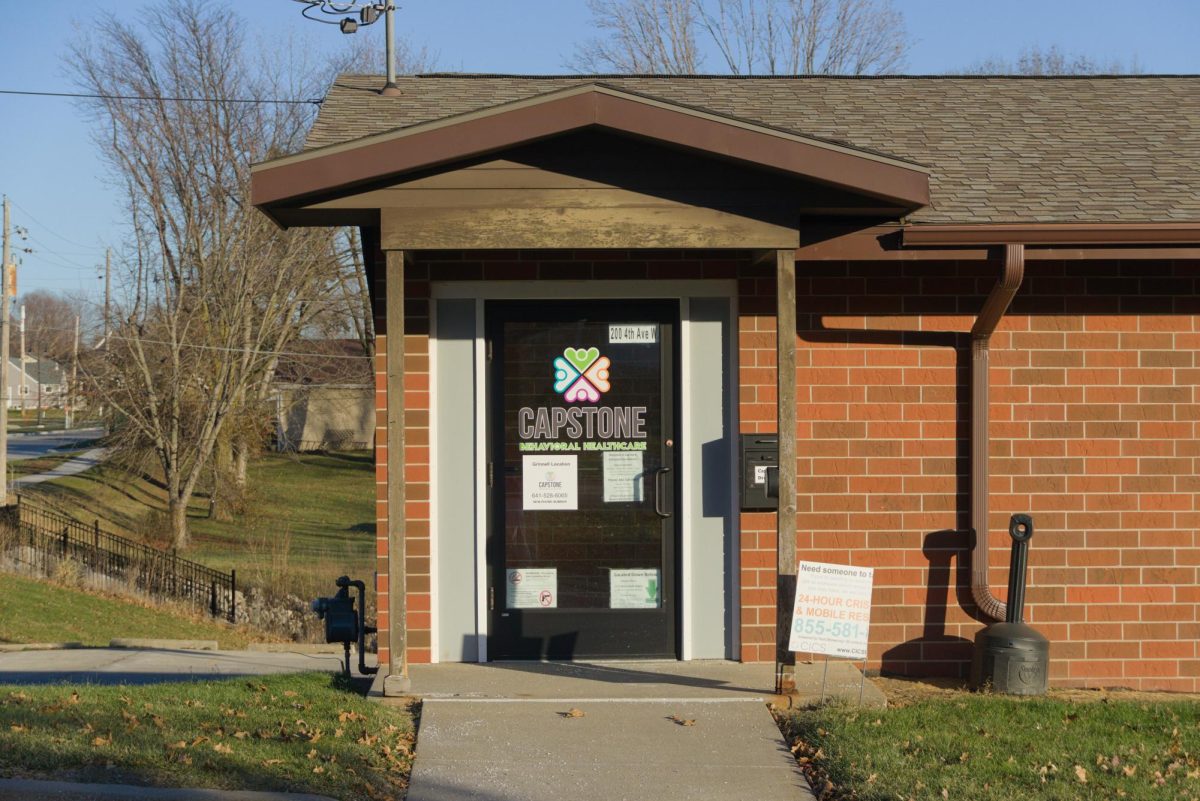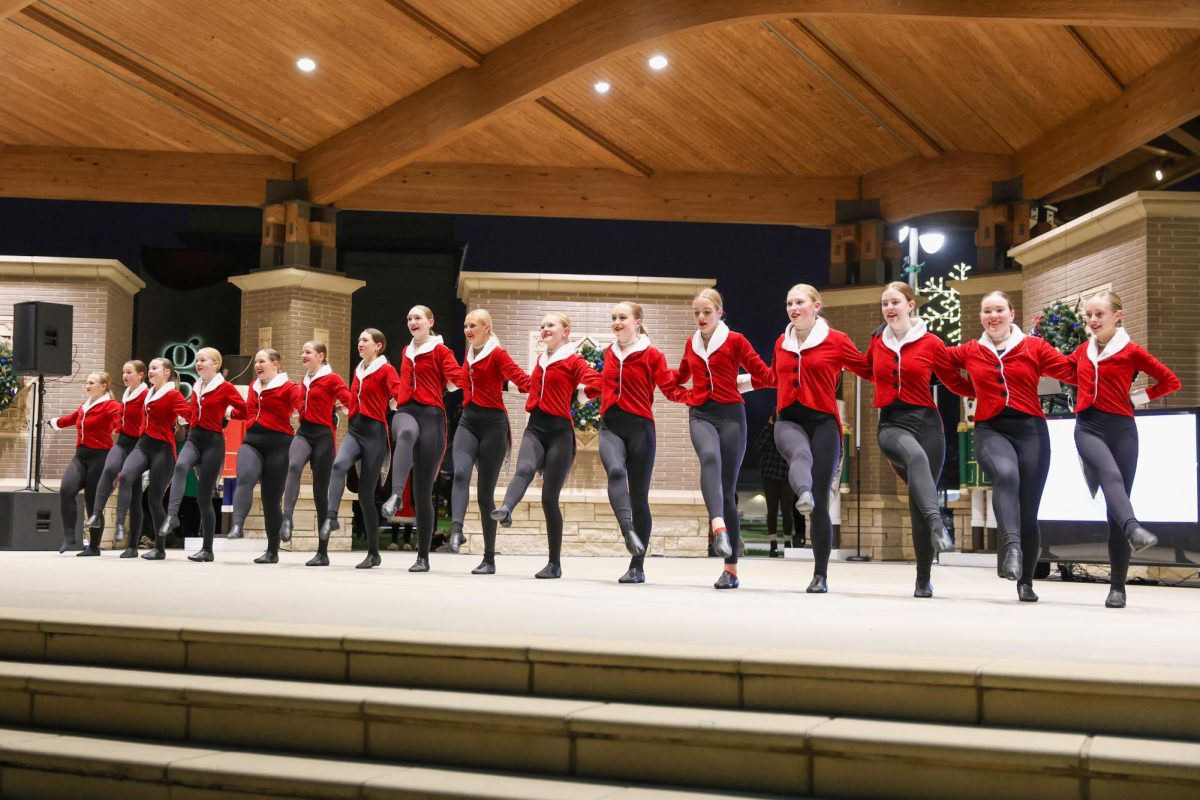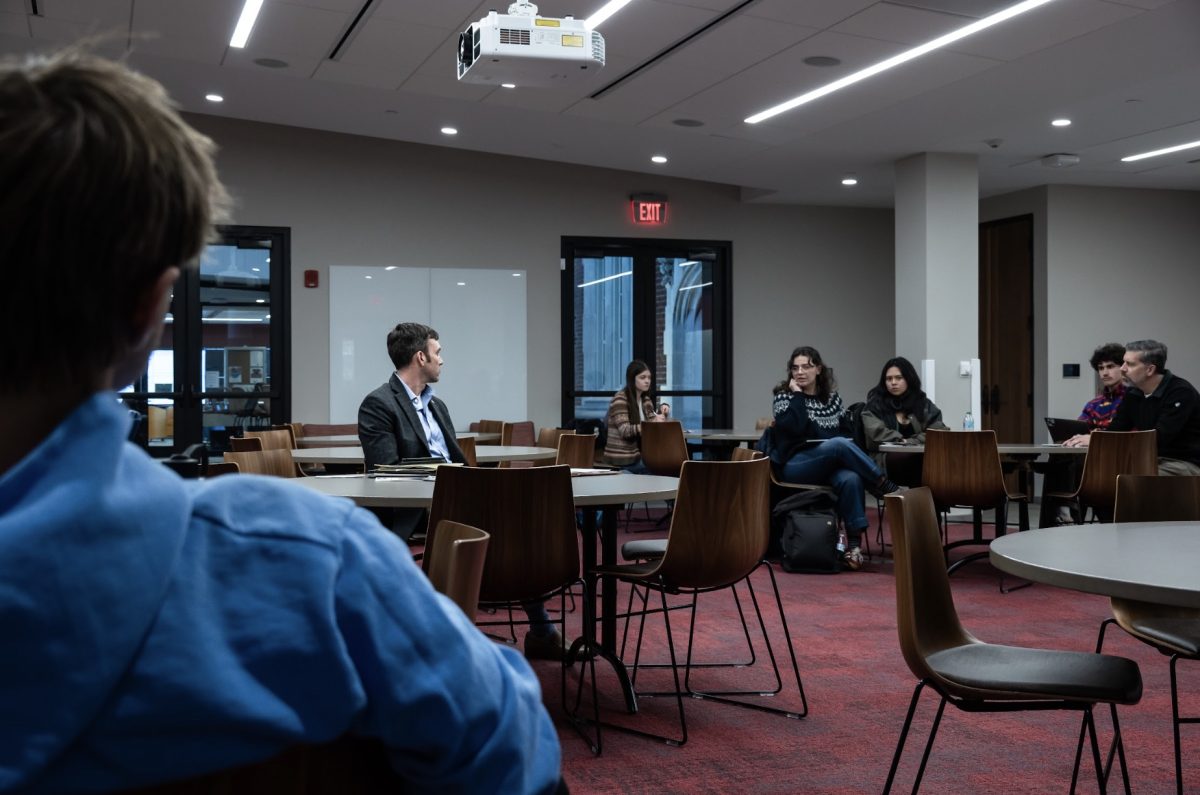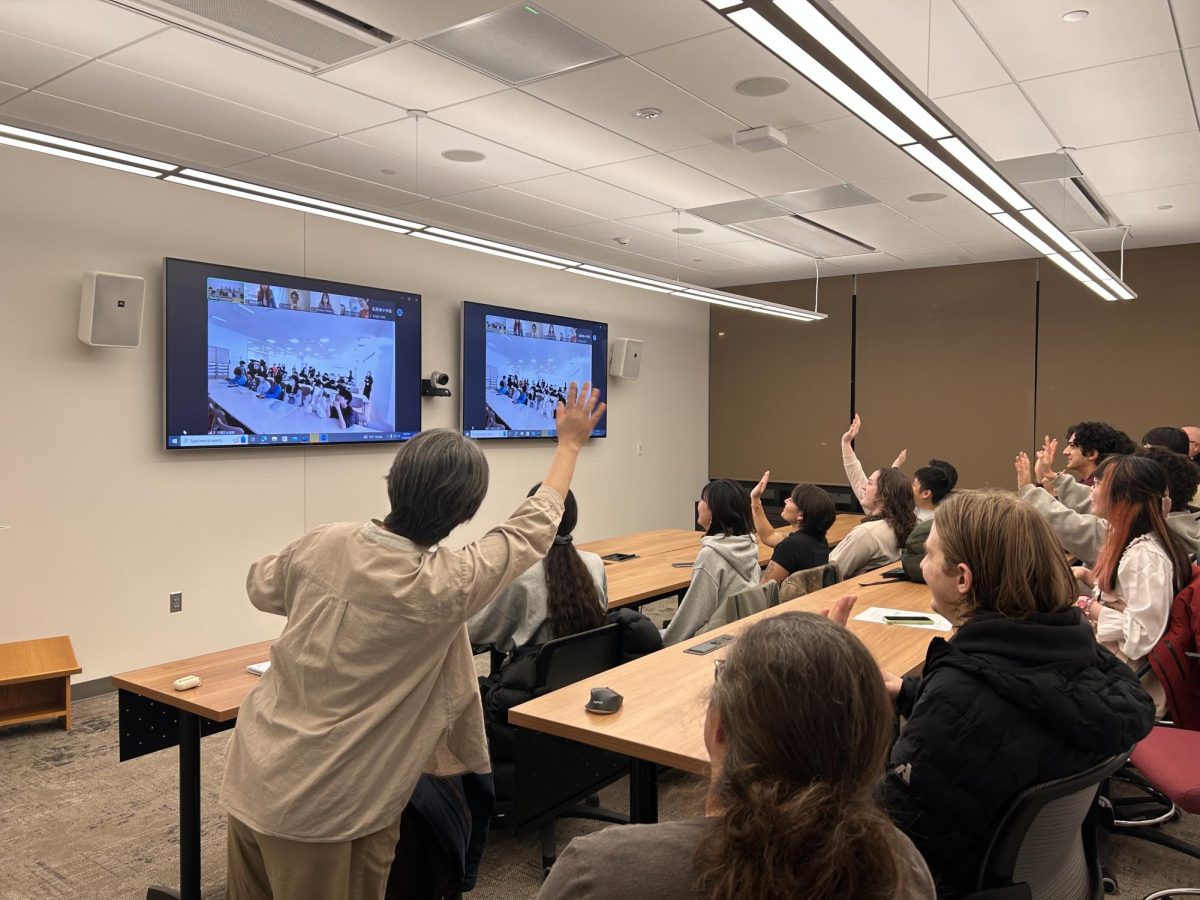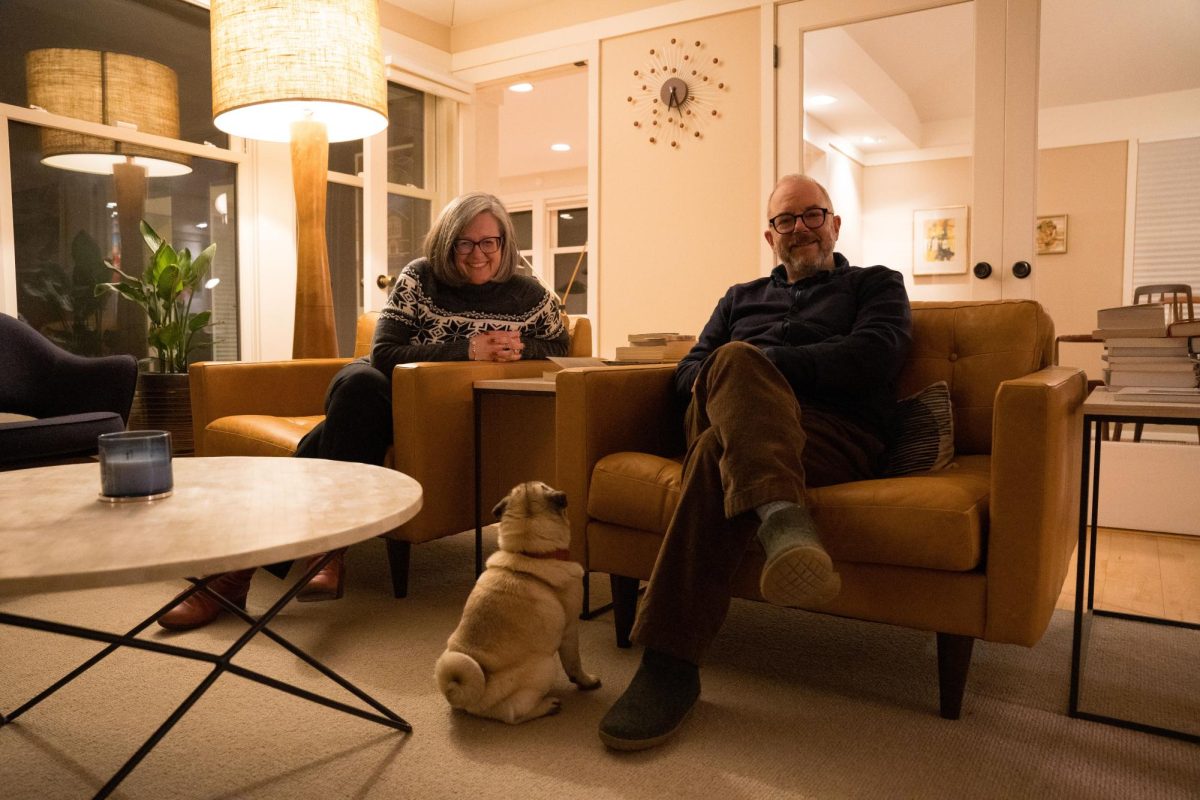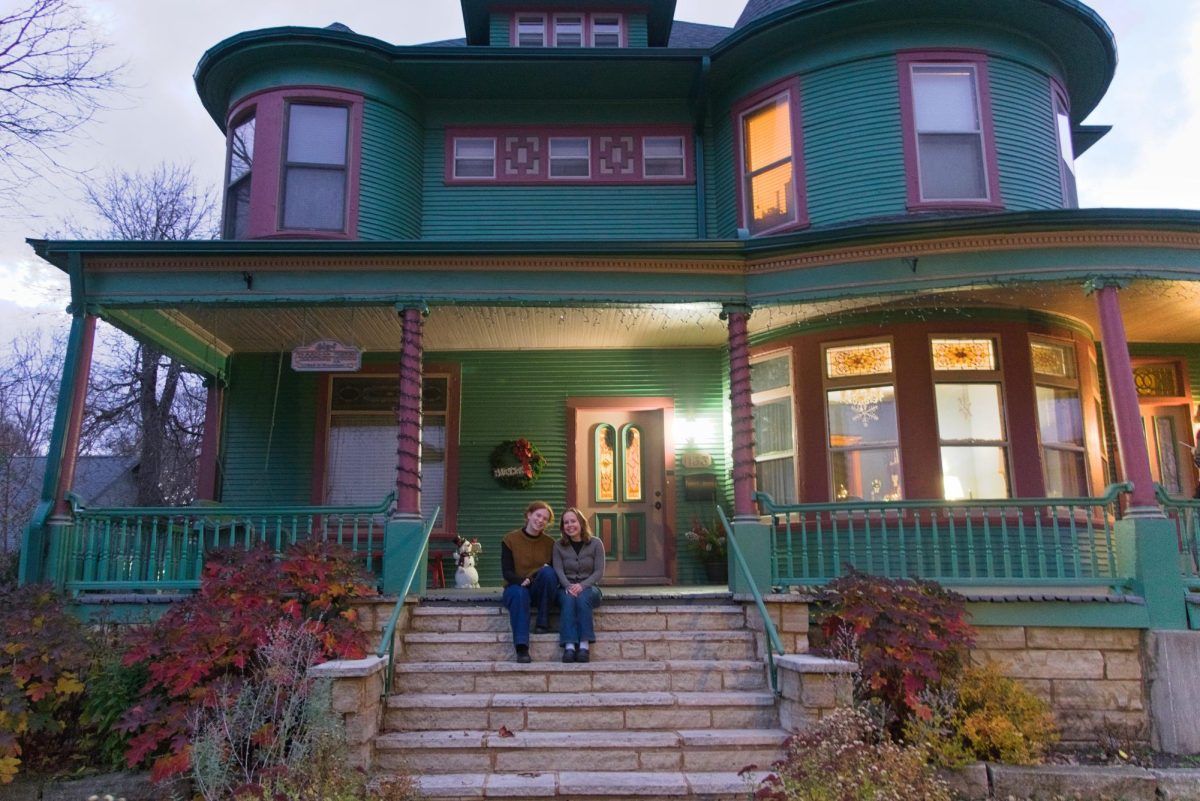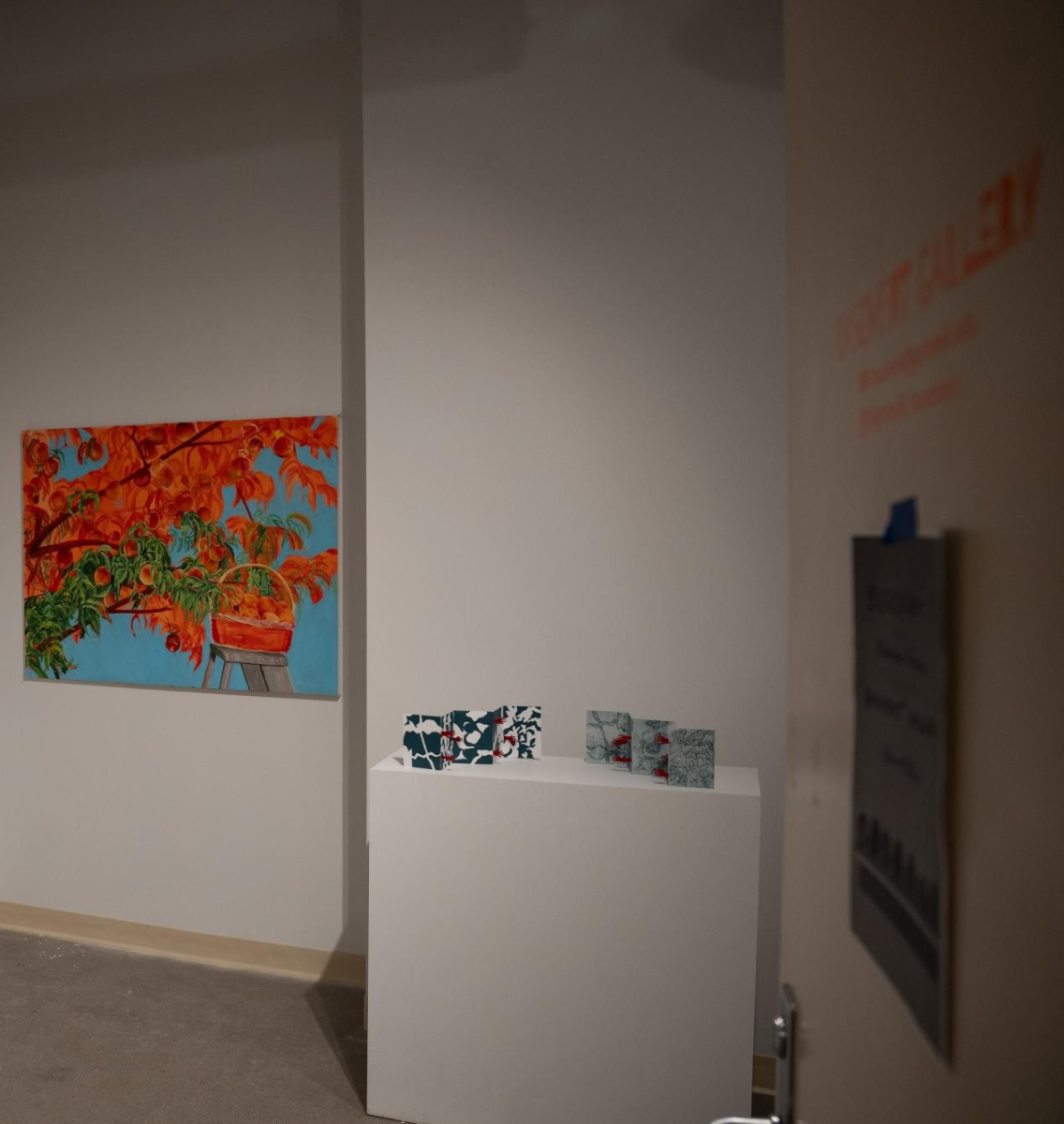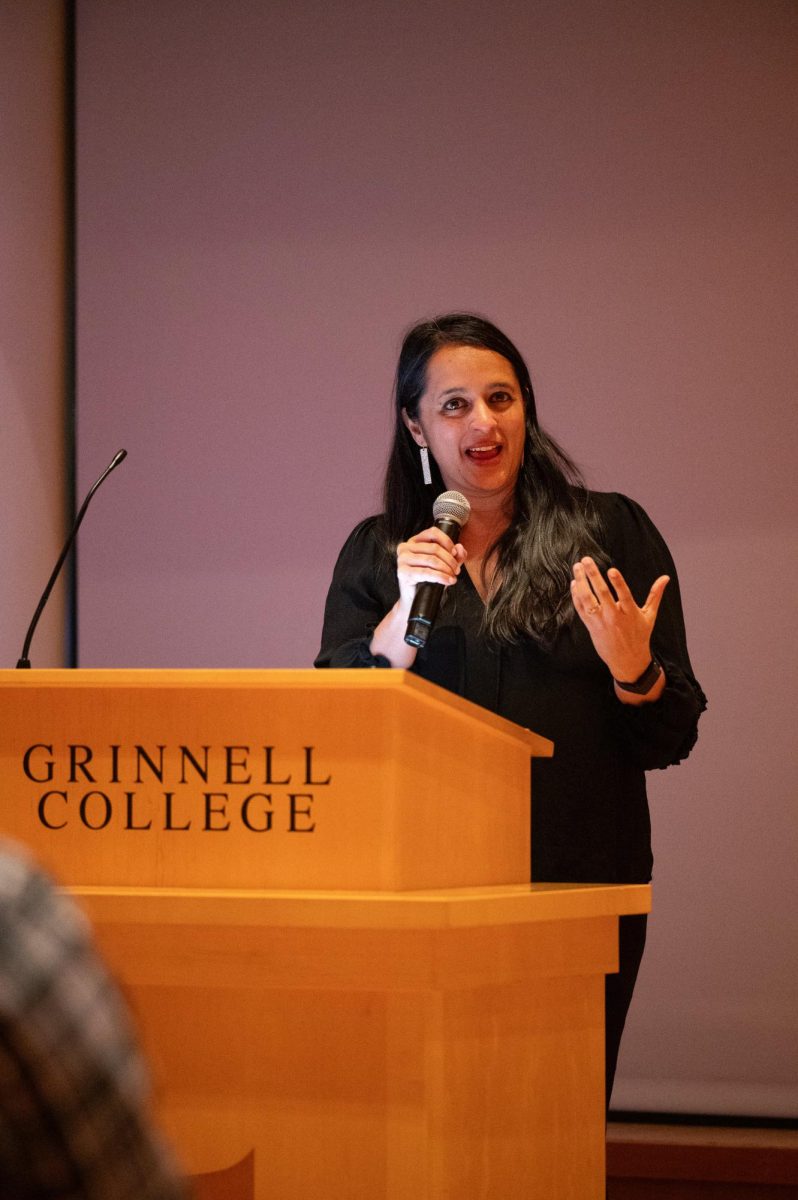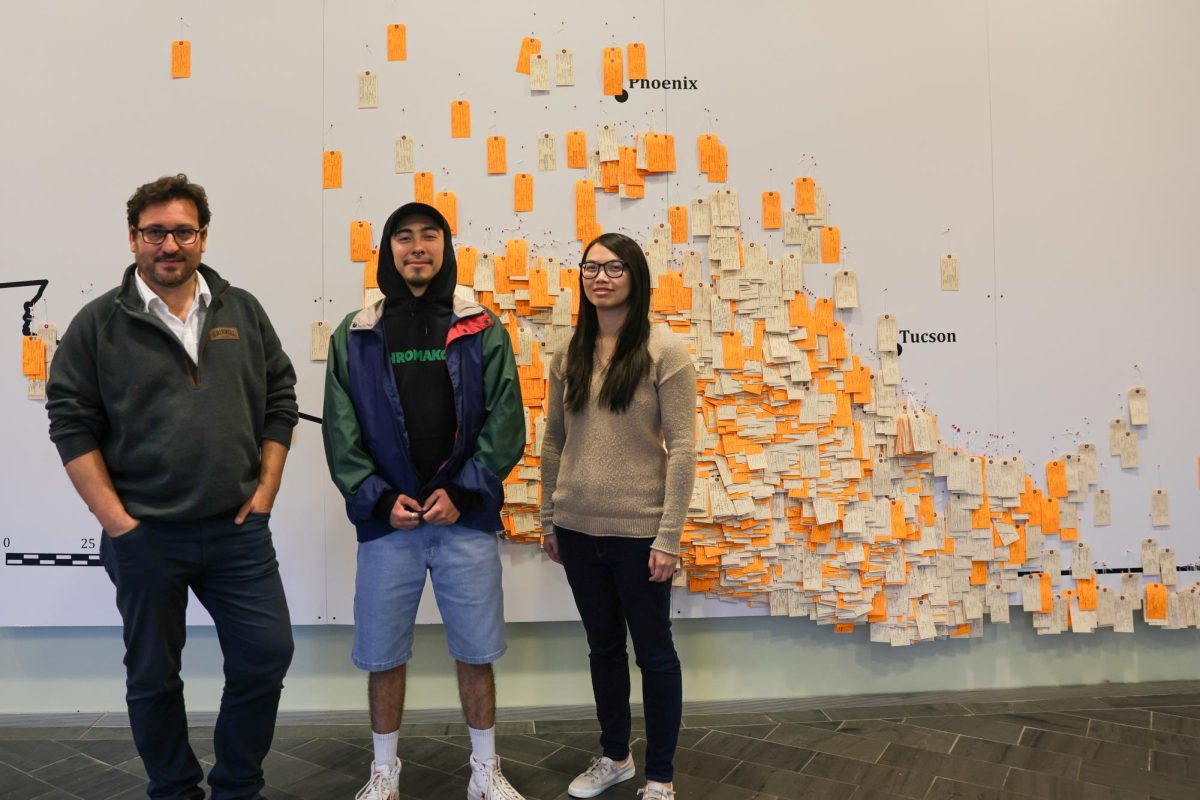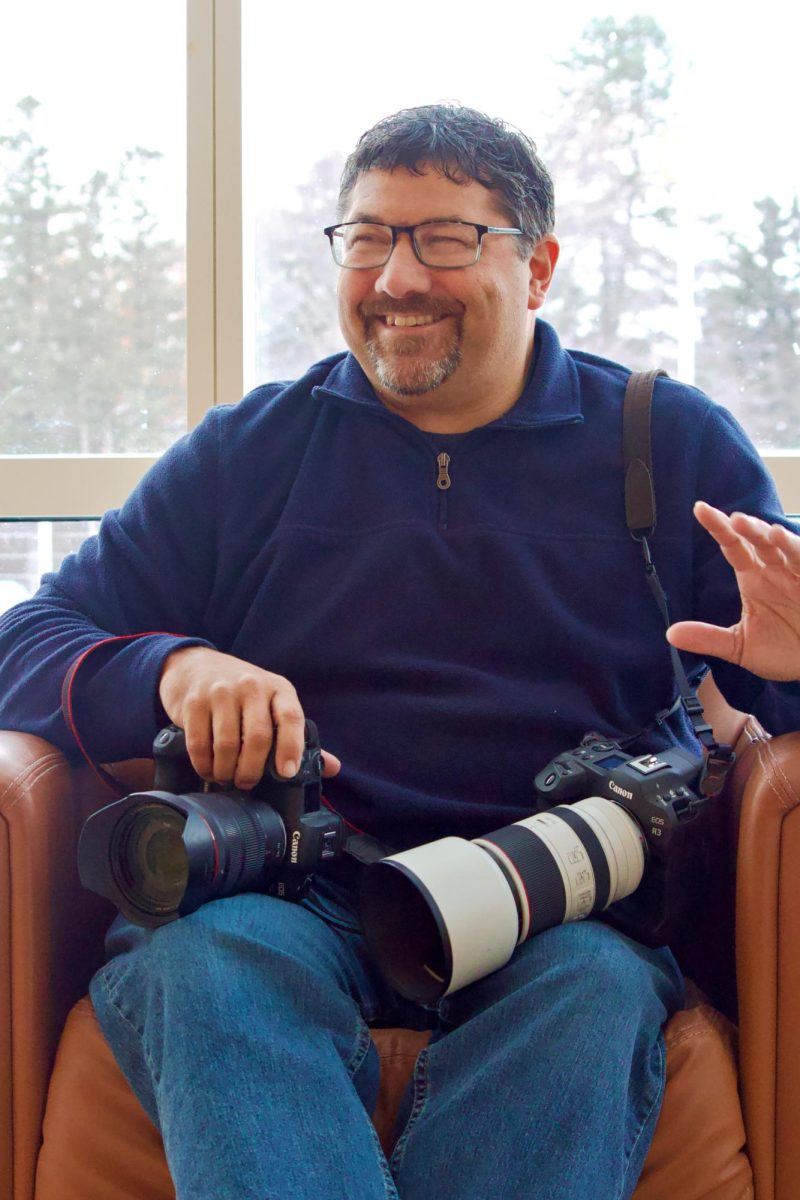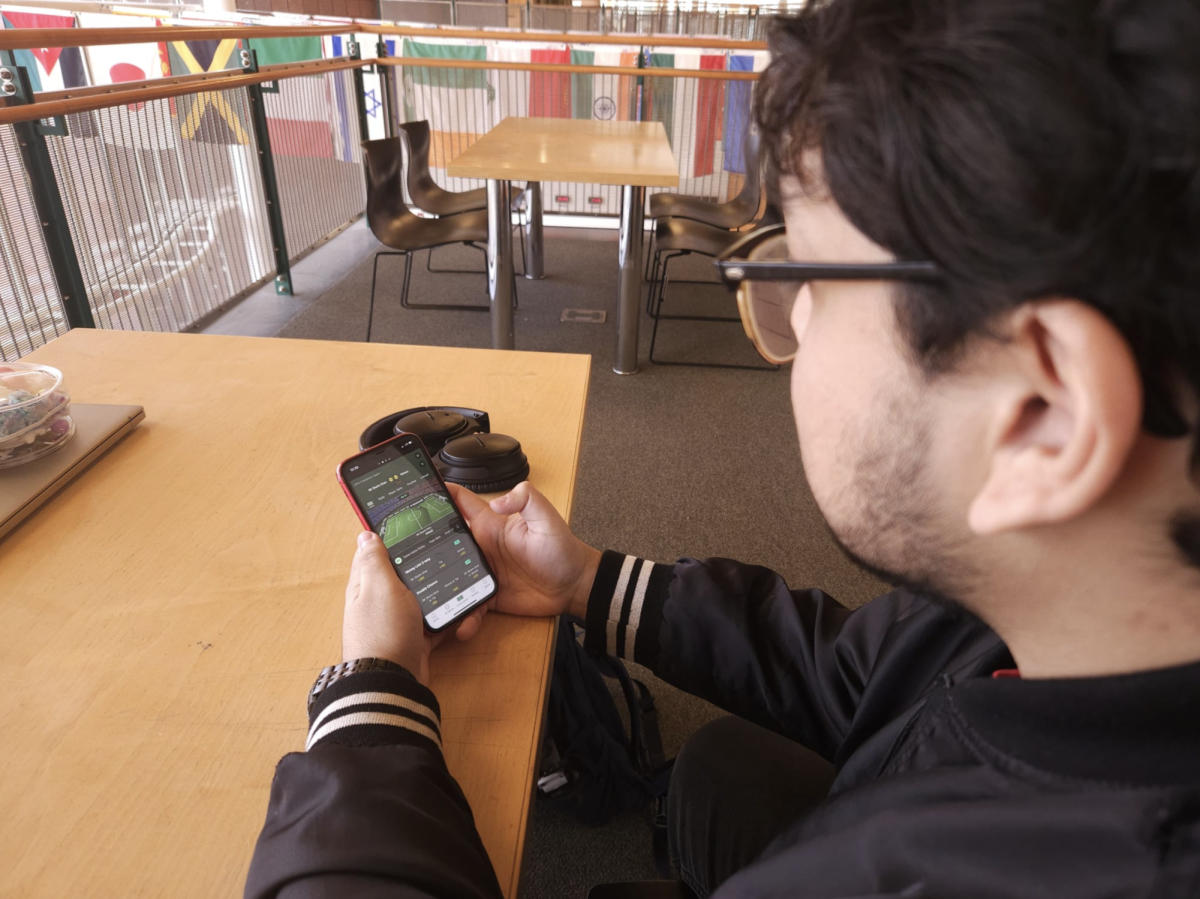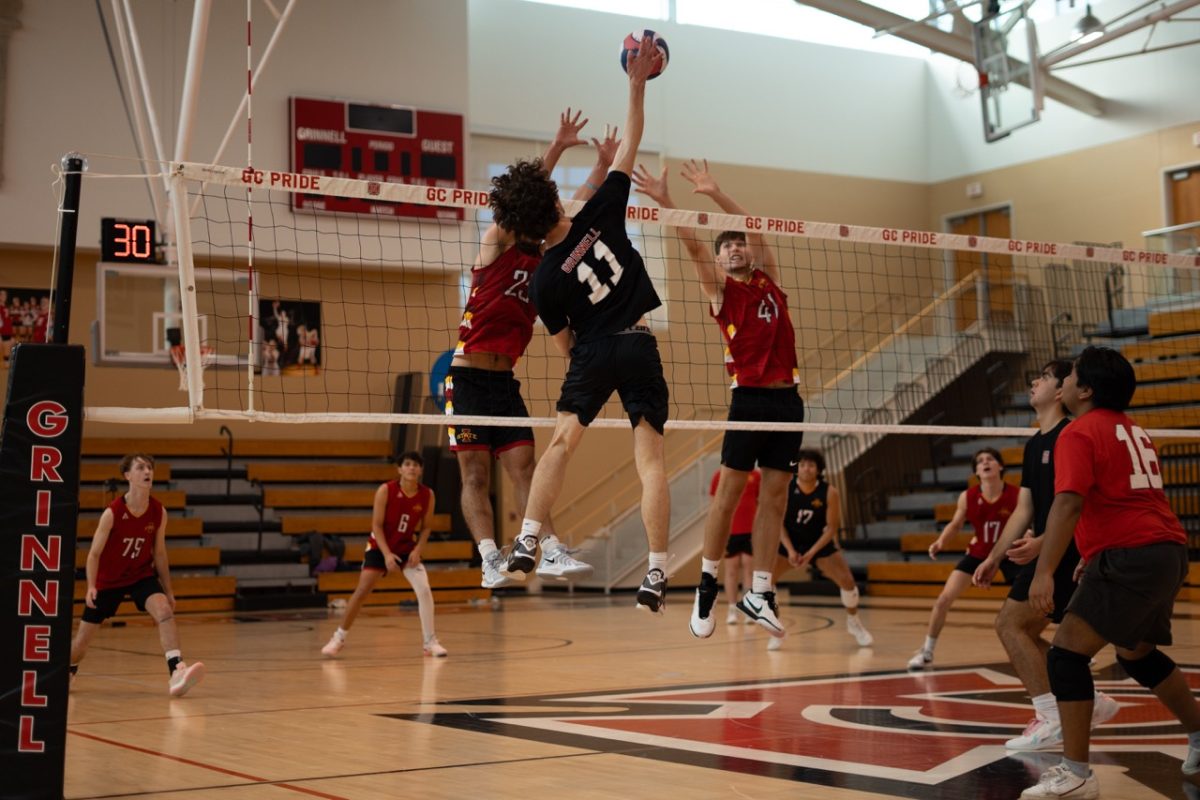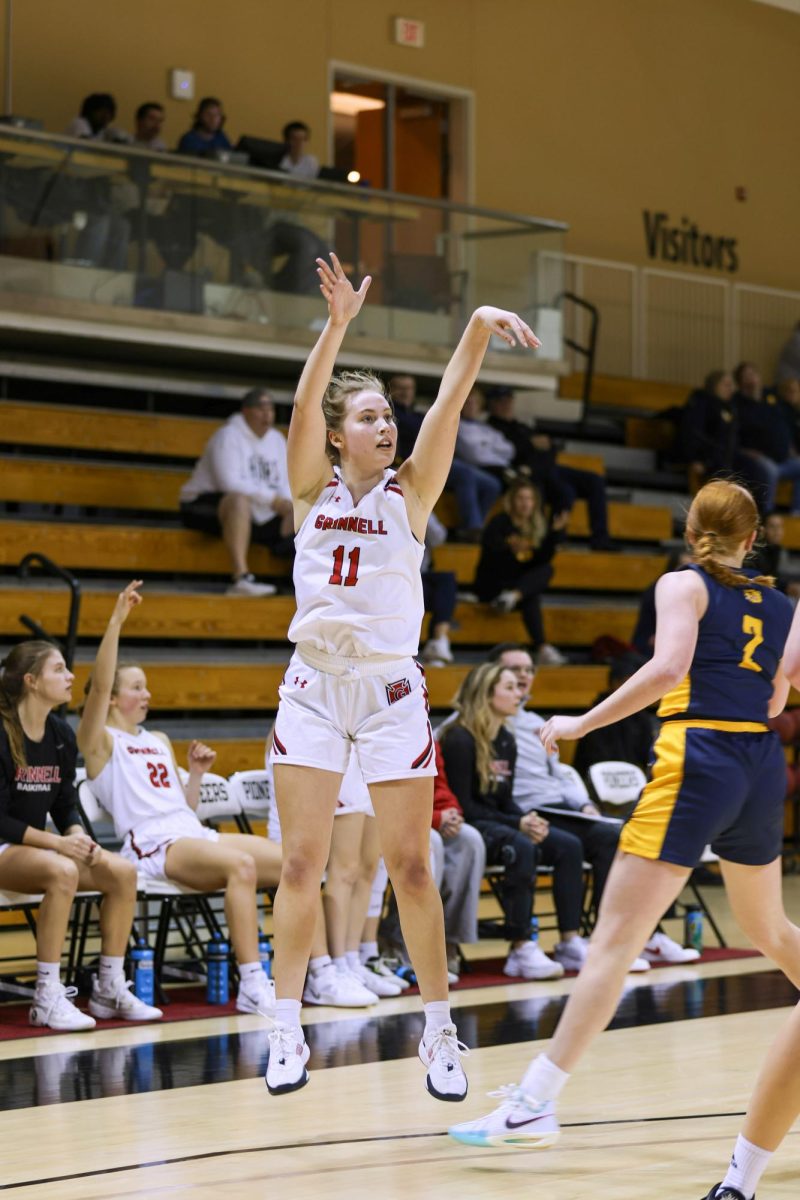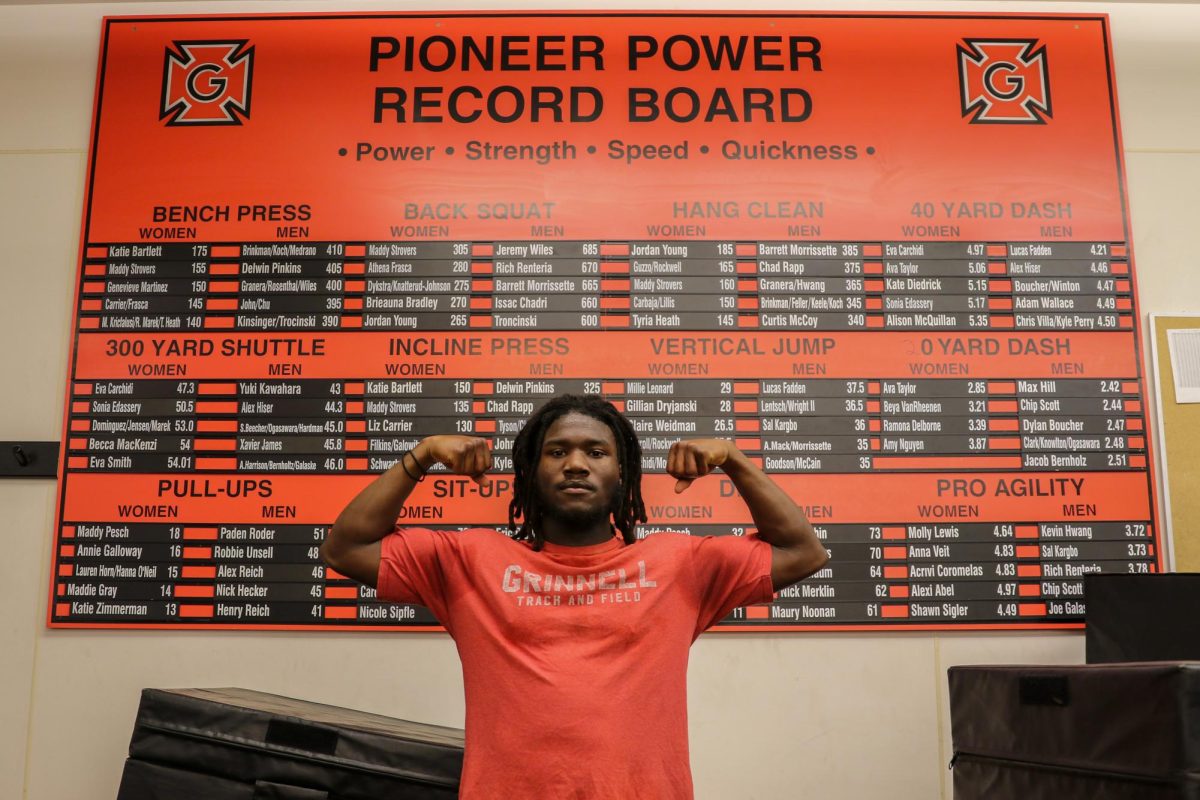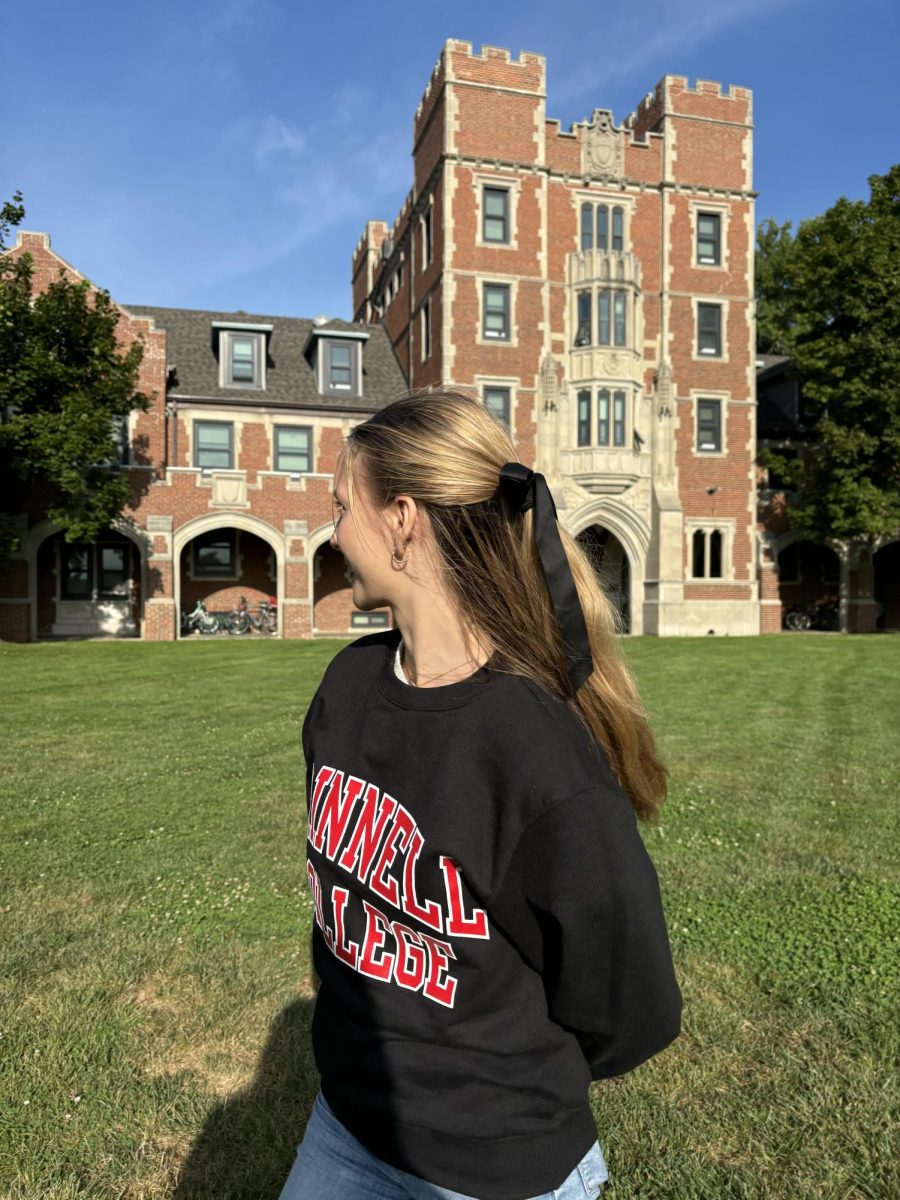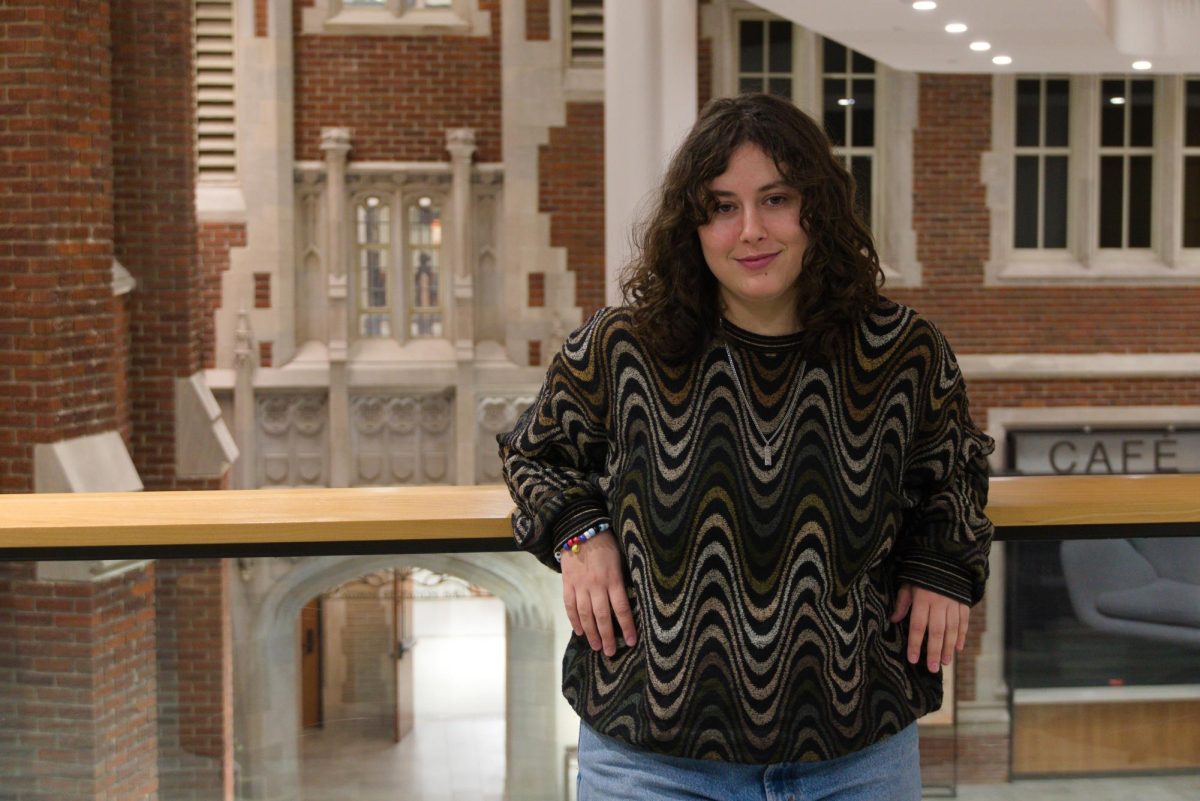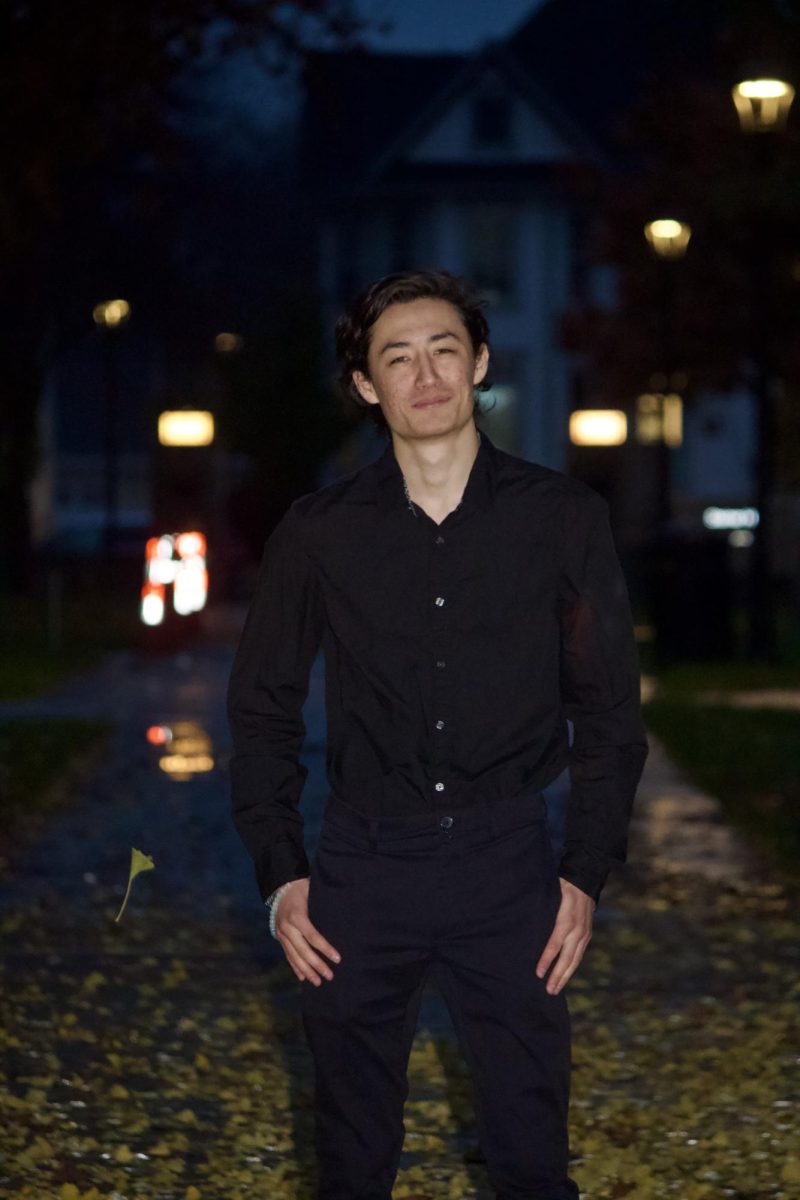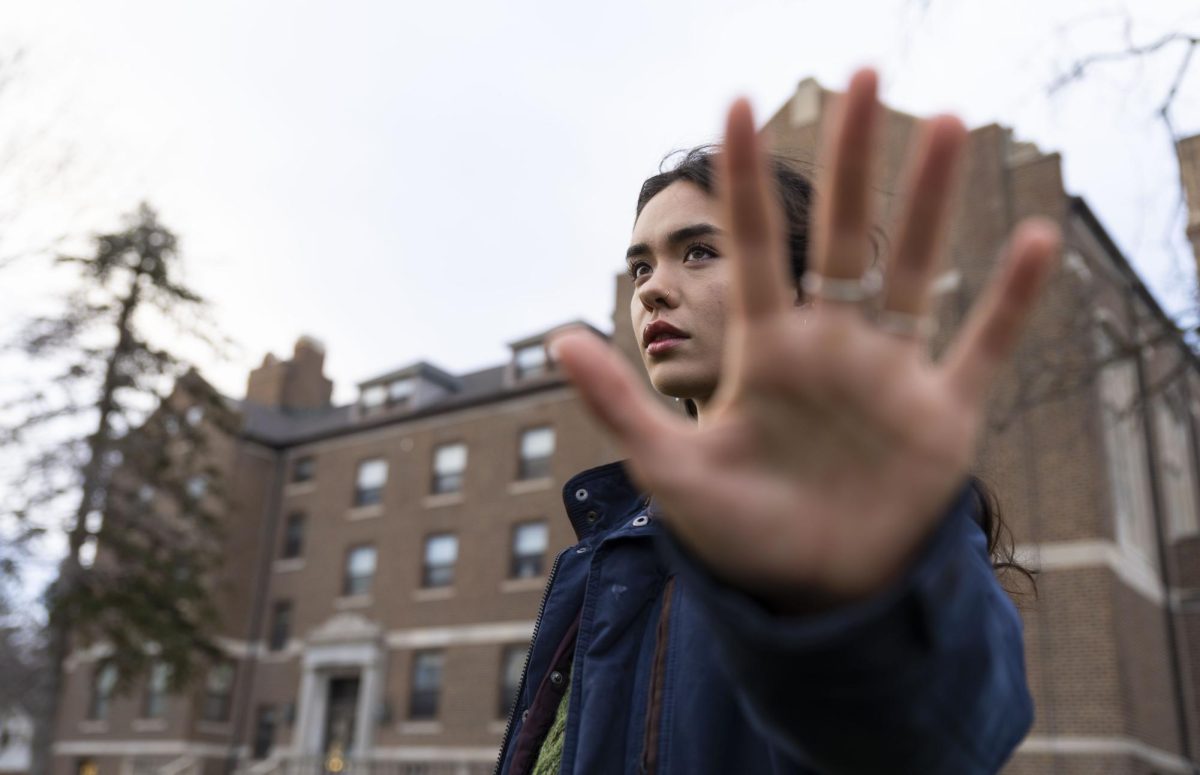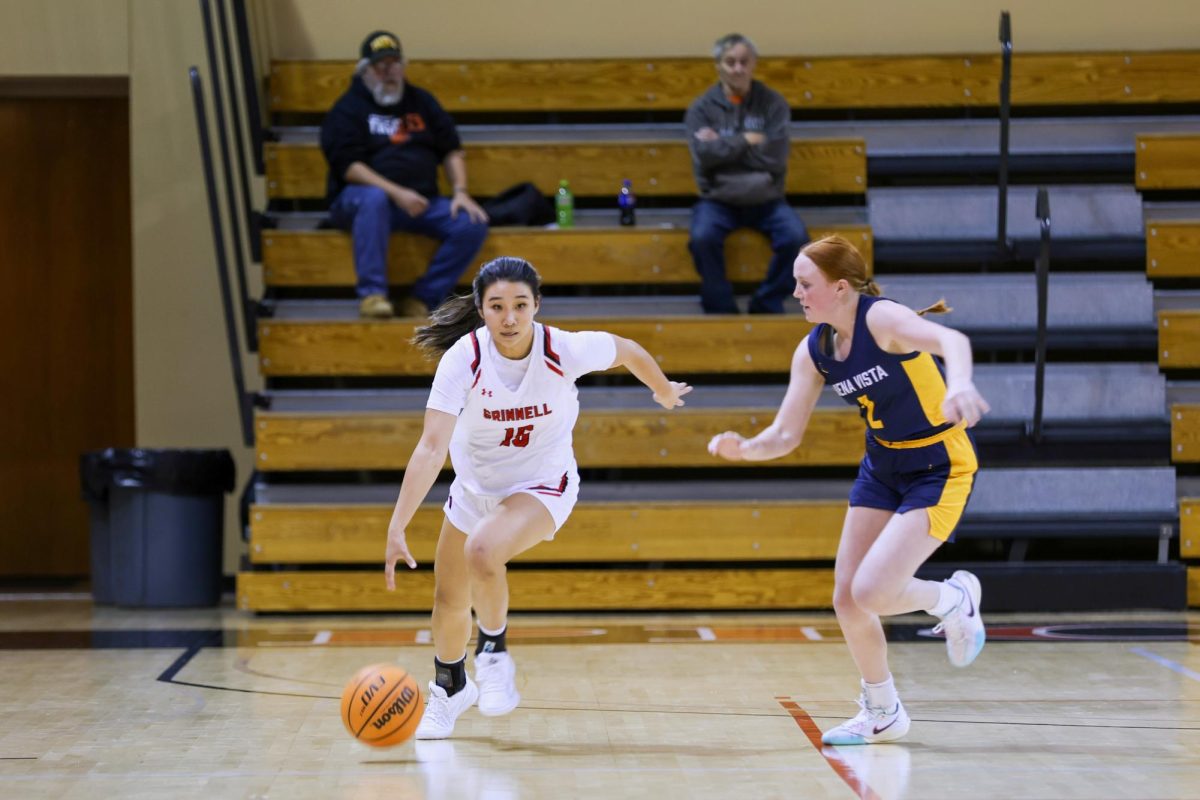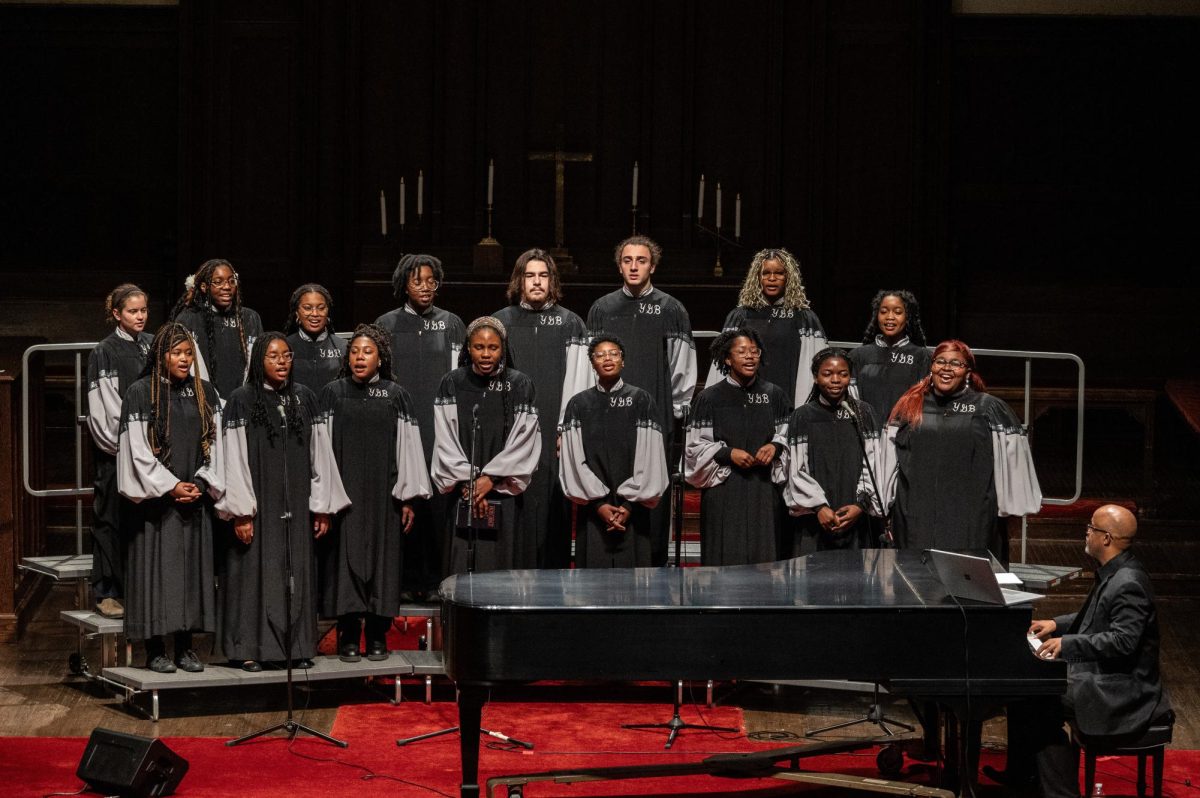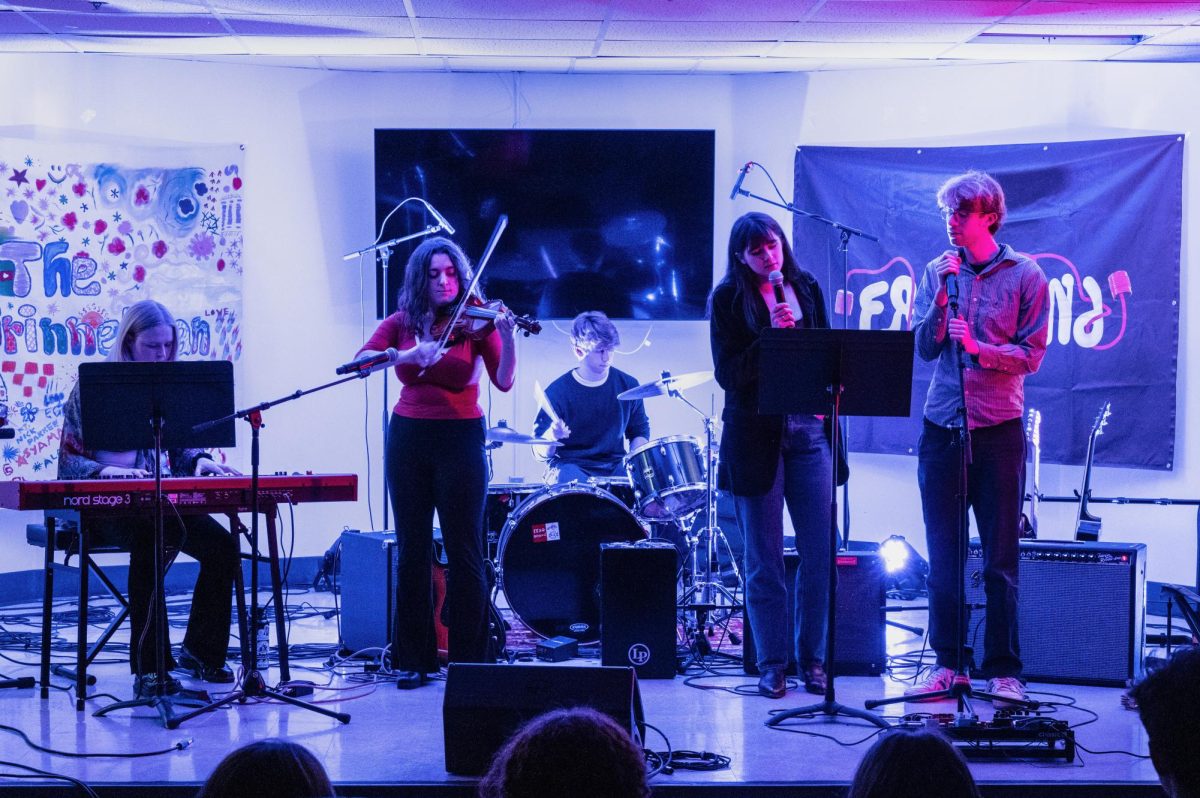At an ad hoc faculty meeting held Feb 4, a group of professors distributed a document claiming to provide evidence of foul play in hiring and firing practices within the Office of Student Affairs. The document (which is available here) gave a detailed outline which argued that the circumstances under which former Associate Dean and Director of Residence Life Sheree Andrews was placed on leave were improper. The document also questioned, among other things, the College’s hiring of Dean of Students Travis Greene and the response to faculty complaints by President Russell K. Osgood.
An S&B review of documents from Andrews’ personnel file, which was obtained from multiple sources, confirmed much of the information relating to Andrews’ departure from Student Affairs, while individuals involved in Greene’s hiring disputed some of the document’s suggestions of nepotism.
The faculty associated with the document’s production and distribution—many of whom signed a damning letter to the editor in the Dec 12, 2008 edition of the S&B criticizing the manner in which Student Affairs and the president handled Andrews’ departure—continued to publicize and promote their grievances. Partially as a result, the College is planning to conduct an external review of all administrative hiring and firing practices. However, faculty have still expressed concern over how the review will be conducted and also over the administrative response to charges of faculty harassment of students.
Andrews’ departure from Student Affairs:
According to documents from her personnel file, Andrews was officially placed on leave Sept 8, when she received a termination letter from Vice President of Student Affairs Houston Dougharty that cited insubordination and general unprofessionalism as reasons for her leave. “The interaction last week with your supervisor is independently a serious matter and is what precipitated your current leave … A staff member cannot berate a supervisor when he or she provides constructive feedback … It is unprofessional, insubordinate, and shows an inability to hear criticism and negative evaluation,” Dougharty wrote in the letter.
Dougharty was apparently referring to a confrontation between Andrews and Greene in which Andrews called her supervisor inexperienced. Dougharty could not be reached for comment before publication.
The documents also show that on Sept 4, Andrews received a corrective action form from Greene listing 12 grievances about Andrews’ performance under the headings of “professionalism,” “judgment/role modeling,” “communication” and “organization.” Many of the specific critiques included complaints of “awkwardly refer[ring] to some inside jokes with a student staff member” during a New Student Orientation event and “several conversations with you when you would ask ‘do you like/trust me?’” One of the seemingly more substantial complaints was that “student staff … arrived to campus with no understanding of what was going on. Student staff training schedules were not emailed to them in advance [by Andrews]….” Greene also reprimanded Andrews for missing a Dean’s Group meeting, and generally sketches a pattern of disorganization and unprofessionalism by Andrews.
“Given the severity and totality of these incidents, I believe corrective action is warranted,” Greene wrote.
The clear dissatisfaction with Andrews’ performance expressed in both the corrective action form and the termination letter contrasts strongly with a June 2007 performance review by former Vice President of Student Affairs Tom Crady. There, Crady specifically praised Andrews for her positive work with judicial cases and conflict resolution, both areas that Greene and Dougharty criticized. The next month, Crady would promote Andrews to the position of associate dean.
On 11 of the form’s 12 specific job performance categories, Crady indicated that Andrews “exceeds expectations,” the highest of three potential assessments. In the area of “customer satisfaction,” Andrews was evaluated as “meeting expectations.”
In addition to the discrepancy between Andrews’ evaluations under Crady and those under Greene and Dougharty, faculty also expressed concern about the apparently abrupt manner in which Andrews’ employment was terminated. Andrews’ termination letter is dated just four days after the corrective action form authored by Greene and the intervening time between the two documents included a weekend, meaning that Andrews was placed on leave one business day after receiving the corrective action form.
According to Osgood and Greene, corrective action forms are meant to be both disciplinary and rehabilitative. As the document’s name implies, one of its primary functions is to inform employees of specific areas of subpar performance and ways to remedy them before more extreme disciplinary actions are taken.
While Greene said the time afforded an employee to improve his or her performance can vary greatly depending upon the specific situation, generally, “It could go anywhere from six months to one month. Some places are pretty rigid as far as how they prescribe it—it might be you have 30 days to change this behavior at which point you’ll be reevaluated … at other times it may be that this serves as a notice [that] anything more egregious could certainly jeopardize your ability to be at the institution, but in principle let’s work through this together.”
Faculty also pointed to extenuating circumstances in Andrews’ personal life, which developed at the same time as her strained relationship with her supervisors. At the time, Andrews was experiencing a “personal crisis and [needed] to attend to her family,” the faculty document read.
While Greene said that he could not comment on the specifics of Andrews’ departure, he maintained that “procedures were followed in a way that was meant to be supportive and at the same time followed College policy and that’s probably the most I can say.”
The faculty document also claimed that Andrews’ departure mirrored parallel personnel changes at Lewis & Clark College, Dougharty’s former place of employment. The S&B has neither confirmed nor disconfirmed these allegations.
Allegations of Nepotism:
In addition to concerns about Andrews’ departure, faculty also cast doubt upon the hiring process for the Dean of Students position currently occupied by Greene. Greene and Dougharty share a long professional history dating back ten years to when Greene met then-Iowa State University Associate Dean Dougharty as he interviewed for graduate school there. The following year Greene took an internship at University of Puget Sound, where Dougharty was serving an Associate Dean, and in 2007 Greene completed a doctoral internship at Lewis & Clark under Dougharty.
The faculty document questioned whether or not Dougharty, who was involved in part in Greene’s hiring, should have participated in the process at all and whether the decision to hire Greene constituted nepotism. Greene was one of three finalists for the Dean of Students position. One of the finalists was disqualified for falsifying his educational history. The other, an associate dean at another top liberal arts school, had more formal experience than Greene, as he had already served as dean according to his resume.
A search committee composed of students, faculty and staff selected a small group of candidates from the pool of applicants for phone interviews. From that group, three are generally chosen for an on-campus interview. Dougharty, who chaired the search committee, recused himself during the phone interviews of candidates he knew, which included Greene, but was active during the final selection. Some faculty viewed his role in these stages as inappropriate.
Nevertheless, members of the committee interviewed by the S&B said that the process was appropriate and transparent and that there was no indication of foul play.
“It was first of all made very clear. Any candidate whose information we looked at, if there was anyone on the committee who had a prior relationship with them, that was known,” said Katie McMullen ’09, a student representative on the committee.
“Travis was not the only candidate who had a previous relationship with members of the committee, and Houston was not the only member of the committee who had relationships with candidates. [It] was very open and honest within the committee—that was made very clear to us what those relationships were, and then in the initial stages of the process, people did recuse themselves,” McMullen said.
Members also said that while the only other viable finalist had more experience than Greene, they were skeptical of his ability to relate to Grinnell students and mesh with the College’s culture. “He just demonstrated a clear inability to relate to students on a mental level. He just was not a good fit for Grinnell,” said SGA Vice President for Student Affairs John Burrows ’10, who served on the committee. “Where we see administrators [at Grinnell] as being accessible, we did not see him as being accessible at all. [He was] very cold, very impersonable.”
Director of Safety and Security Steven Briscoe, who was a member of the committee, said he felt the search was transparent. “As a committee he threw it open to everybody … he didn’t try to move us one way or another,” Briscoe said. “The decision was made in that committee and it was very, very open.”
Greene also sought to allay similar concerns that some had been raised about the hiring of Andrea Conner for the Assistant Dean position as Conner and Greene were in the same Master’s program at the University of Iowa from 1999 to 2001.
Greene refuted claims that his relationship to Conner played any role in the decision to hire her or that the process was in anyway inappropriate. “Because we had that connection I recused myself from [Conner’s] phone interview and I was very upfront with the search committee and you can verify that with … any of the … students who were on the search committee and they can tell you about that upfront too,” Greene said. “Did I personally target Andrea or anyone else who applied for a position? No.”
Faculty Grievances and External Review:
One of the major demands put forth by the group of concerned faculty has been a request for a full external review of the hiring and firing practices of the Student Affairs department. At the meeting on Feb 4 during which the faculty document was initially distributed, 52 of 67 professors voted that there should be an external review of hiring and firing in the department of Student Affairs.
“[That vote] says that faculty were sufficiently concerned about what they were hearing, not only about Sheree Andrews’ firing, but about how hiring goes on in Student Affairs, that they wanted a look at it,” said Victoria Brown, History, one of the professors who helped prepare the document.
In further meetings between Osgood and faculty, a decision to conduct an external review was reached, although there has been contention over the way it will be conducted.
Rather than focusing on Student Affairs, the review will examine hiring and firing practices for all areas of staffing in the College. And while the faculty have pushed for the review to be conducted prior to the end of the current semester, the review might not take place during that time frame.
“We would like to conduct the review before the end of the semester but it’s difficult with people’s schedules,” said Vice President for Institutional Planning and Associate Dean Marci Sortor, who will be assembling the external review. “So when we talk to people who might be good outside reviewers, most of them say ‘wow, I can give you some time in June.’ And we want to do this while students are on campus so that if students want to have a say they can have a say. So if we are not able to identify outside reviewers and get them on campus in a timely way this spring, we’re likely to go ahead and wait until early fall.”
Some of the faculty who pushed for review expressed concern that the wide net cast by the investigation will not allow for a thorough examination of their complaints over Student Affairs. “The problem with the all-unit outside review is you’re going to bring in outside reviewers and they’re going to have a lot of people to talk to, so concerns about Student Affairs can get diluted,“ Brown said. “In the spirit of cooperation, we have agreed to participate in this outside review insofar as we will participate in the planning of how the review is going to be conducted.”
Aside from the external review, faculty grievances include unresolved allegations of student harassment. In a Feb 14 all-campus e-mail, the Board of Trustees condemned alleged faculty harassment of students. Faculty members interviewed expressed concern that they were castigated without investigation.
“So the charge is out there uninvestigated by our group of 18. [We] polled every member of our group to say ‘have you been hauling kids into your office and brow-beating them’ and we could come up with no evidence to support such charges,” Brown said. “The president has decline to investigate the charges and therefore declined to make any clarifying statement.”
When asked about the investigation, Osgood responded that such allegations were never substantiated. “I received some information and I talked to some people, and the rest is confidential. But I did not see information that lead me to believe that [evidence of student harassment] was absolutely clear,” Osgood said. “I talked to several people and it was my conclusion that there was insufficient evidence to go forward.”
Even with insufficient evidence, faculty expected Osgood to comment on the indictment. “The president is not responsible for the Trustees’ letter and we do not hold him responsible for the Trustees’ letter,” Brown said. “But we were trying to get him to make his own independent remarks about this.”
